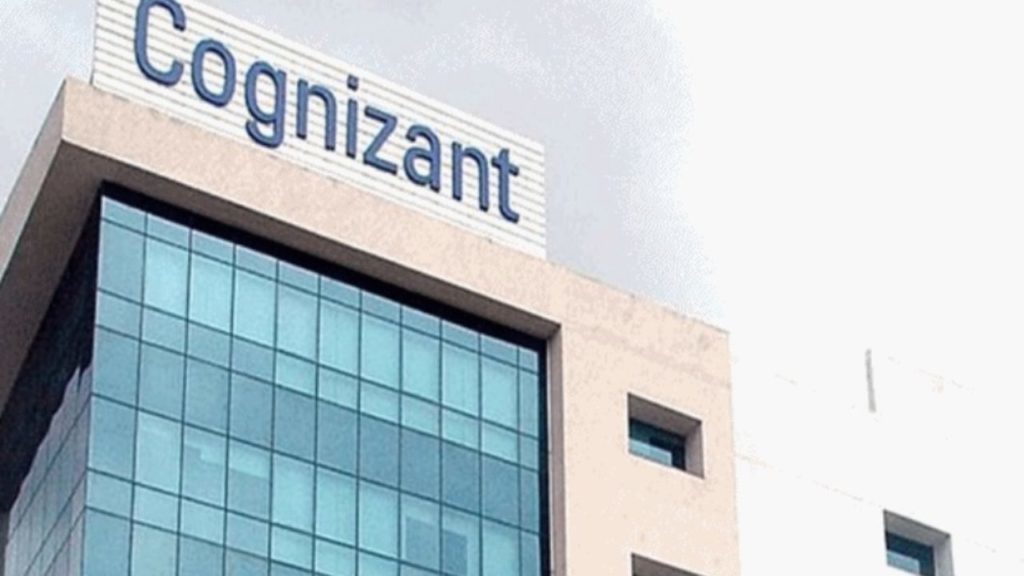Cognizant Starts Firing All Benched Employees; 18,000 Employees Can Be Fired?

Cognizant Starts Firing All Benched Employees; 18,000 Employees Can Be Fired?
In a press release last week, New Democratic Labour Front (NDLF), an IT employee union, had alleged that US IT giant Cognizant is benching employees at Chennai offices, and then forcing them to resign after 41 days.
Now, Cognizant has begun terminating its bench employees as the business has taken a hit on the back of COVID-19, several executives said on condition of anonymity.
Read on to find out more…
Contents
What Is The Fuss About?
The layoffs are happening at the associate level (mostly mid-level employees) and above, the sources told Moneycontrol.
Those employees who are on the bench for more than 35 days are being inspected and their inability to secure a project within the short span is leading to termination, the sources added.
In an email to a retrenched employee, seen by Moneycontrol, the company said, “… (We are) left with no other option other than to terminate your employment for reasonable cause of failure… to secure work allocation and being in the bench for longer period with full salary.”
The mail further added that the employee will have to attend a personal hearing to explain why he/she was on the bench for more than the allowed bench period of 35 days. In the event the employee does not appear, the company would consider the absence as accepting his inability and proceed further.
One executive added that poor performers too were being asked to leave. There have also been concerns about the severance package the company is offering. The employees termed it ‘unfair.’
IT Unions Petition Against the Injustice!
The Chennai-based IT union All India Forum for IT/ITeS Employees had written a petition to the Chennai labour commission on June 12 and another letter to the deputy commission of labour (Central), New Delhi on June 22. In the letter, the union has said that the company is forcing employees to resign in the event that they were unable to secure the project or their rating was poor.
The statement added, “The respondent terminated illegally and unethically a number of employees recently using this pandemic situation.”
Though the scale of these terminations is not clear, the IT union said in its press release that there are close to 18,000 employees on the bench and over 27,000 rated with poor performance.
What Does Cognizant Have to Say?
In a statement, a Cognizant spokesperson said, “Performance management is a normal process across all companies in the IT industry, including Cognizant.”
The statement added, “While Cognizant does not comment on rumor and speculation in the marketplace, we would like to clarify that recent third party allegations regarding a specific number of job actions are not accurate, not based on facts, and were not announced by Cognizant. Cognizant continues to hire at all levels in India and globally.”
The spokesperson said the company is also investing in upskilling and reskilling its employees at scale in newer digital technologies, including cloud, analytics, digital engineering and IoT, where the company is seeing above industry-average growth.
The Reason Behind Layoffs In The Indian IT Industry!
Industry experts investigating the space warned that coming months will see more performance and bench-related layoff measures as companies struggle to protect margins.
Pareekh Jain, founder, Pareekh consulting, a tech consultancy firm, said this comes on the back of COVID-19 that had led to clients cutting down spend on digital projects and core business volumes coming down.
This means more people released from projects and fewer projects to choose from.
Earlier, even during a slump, companies would wait for 1-2 months before releasing resources to the bench. These employees would be shadow resources for existing projects or work on internal projects.
After COVID-19, there is uncertainty around new deals and the possibility of existing projects deferred, limiting the scope.
This could have led Cognizant and most likely other IT companies to scrutinise bench employees, added another expert.
Jain explained in the coming monhs there will be huge pressure on employees to perform. The evaluation standards would be set high.
Subsequently, the number of employees rated poor performers is increasing. He added, “So if they were 5% earlier, it would be 10% now.”

Comments are closed, but trackbacks and pingbacks are open.